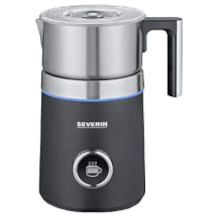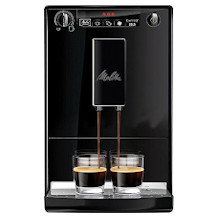Coffee maker with grinder purchasing advice: how to choose the right product
- What You Neet to Know
- Coffee machines with grinders prepare filter coffee with freshly ground beans.
- Cone grinders grind the beans gently and evenly, whereas impact grinders produce inferior, unevenly ground coffee powder.
- The finer the grinder can be adjusted, the better you can match the grind to the coffee beans you are using.
- As the coffee machines are built high due to the grinder, you need to have enough room upwards when placing the machine.
Timing makes the difference
Packaged coffee powder goes through a long journey before it reaches your kitchen: from the time the beans are ground, through transport to the warehouse and then to the supermarket, to the time they are purchased, sometimes months pass. This has a negative impact on the taste of the brewed coffee. If, on the other hand, you grind coffee beans directly before brewing, the characteristic aromas are preserved. Coffee made from freshly ground beans tastes more intense than coffee made from ground coffee. Fully automatic coffee machines that do both the grinding and the coffee preparation are an option. However, they can only prepare one cup or a maximum of two cups of the hot beverage per operation.
Practical two-in-one solution
If you want to brew larger quantities of aromatic coffee in one go without too much effort, you can use a coffee maker with a grinder. This is a filter coffee machine with an integrated coffee grinder. Each time the coffee is brewed, the grinder processes the coffee beans into grounds and transports them to the filter.
Coffee machines with grinders are not only cheaper than fully automatic machines, they also prepare larger quantities of coffee. Both types of machine are easy to operate. However, coffee machines with grinders only have a few setting options and can only make filter coffee. Espresso or coffee specialities with foamed milk are not possible.
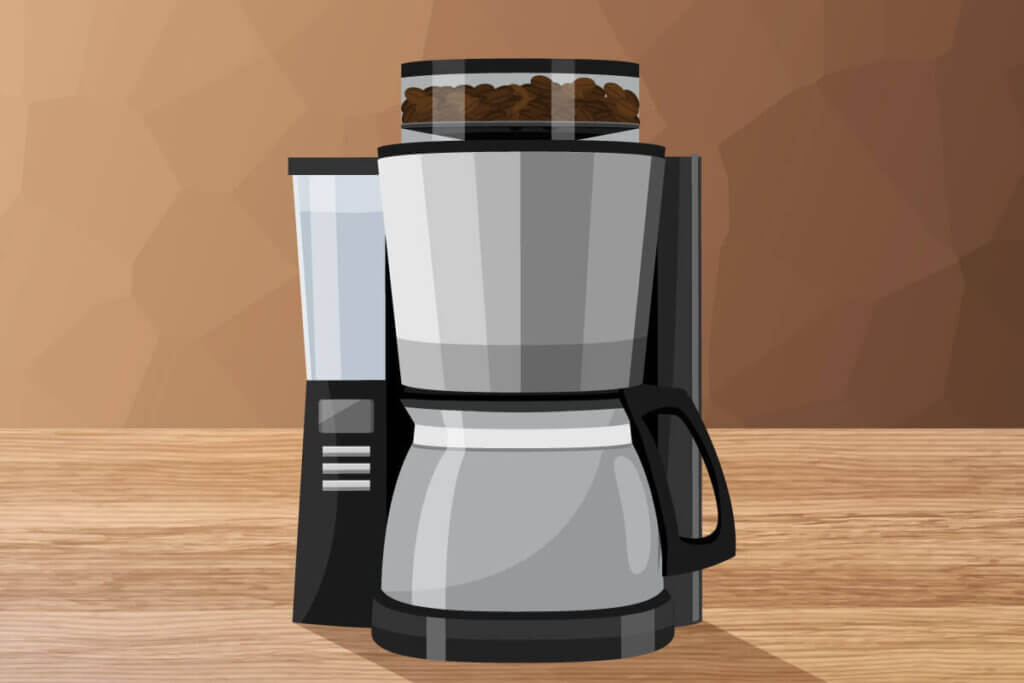
How the grinder works
Coffee machines with an integrated coffee grinder are usually equipped with a cone grinder. Alternatively, a disc grinder or an impact grinder is used. Percussion grinders or percussion knife grinders are outdated, however, and are now rarely found. They grind the coffee beans using rotating blades. The result is coarse and uneven.
Disc grinders grind the beans between two inwardly curved discs: The closer together they are placed, the finer the grind. As one grinding disc rotates and the other is stationary, they break up the coffee beans and transport them outwards by centrifugal force. Although the process ensures homogeneous coffee grounds, a lot of heat is generated due to the friction.
In cone grinders, the coffee beans are placed between a cone and a funnel. As with disc grinders, the distance between the two components determines the degree of grind. Due to their design, cone grinders generate less heat than disc grinders. This makes the grinding process particularly gentle.
Renowned manufacturers such as BEEM or Philips use cone grinders, but you cannot necessarily expect a high-quality grinder from unknown suppliers. Impact grinders are not recommended because of their uneven grinding results.
What to look for when buying
The special feature of a coffee machine with a grinder is its ability to grind coffee fresh: A careful look is therefore required at the built-in grinder and the grinding result. Features such as the dimensions and filling volume depend on the consumption patterns of coffee drinkers in the household.
Properties and grades of ground coffee
What makes good coffee is, of course, a matter of personal taste. To ensure that coffee preparation is successful, however, you should always make sure that the grind of the powder matches the brewing method and the roast. If the coffee powder is too coarse, the water seeps through the powder too quickly to extract sufficient aromas.
Finely ground powder allows the water to percolate more slowly and has a larger surface area, i.e. more contact surface with the water. This not only allows more desirable flavours to dissolve, but also releases undesirable bitter substances more quickly. Mild, light coffee roasts are therefore ground somewhat finer, while dark roasts, which tend to be bitter, are ground somewhat coarser.

Coffee for filter machines should not be as fine as for espresso machines. Due to the high pressure, the powder only comes into contact with the water briefly when making espresso, so a fine grind is important. When preparing filter coffee, on the other hand, the contact time is longer, so the powder should be ground much coarser. An even coarser grind is necessary when using a press pot (French press). With this type of preparation, the powder remains in the coffee brew until the last cup has been poured, i.e. for a very long time.
In addition to the degree of grinding of the coffee powder, it is particularly important that it is ground evenly. A homogeneous grain size ensures that the flavours are extracted equally from each grain. With uneven grain size, on the other hand, the smaller grains release bitter substances at a time when not enough desirable flavours have yet been released from the larger ones. This makes optimal timing of the extraction time impossible.
A coffee machine with a grinder does not need a multitude of grinding stages, but at least one that does its job well. The Melitta Aroma Fresh, for example, has three sensible settings: a fine grind for light coffee roasts, a coarse grind for dark roasts and an intermediate level for all other varieties. The chance of brewing an aromatic, great-tasting coffee is higher with machines that have many finely graduated grinds. You can test all the levels one after the other until you find the setting that makes your favourite type of coffee taste best.
Operation
For those who can’t start the day without their early morning coffee, uncomplicated operation is essential. The best coffee machines with grinders can be controlled without having to study the operating instructions intensively. All controls are sensibly arranged and clearly labelled.
The design of the water reservoir is important for ease of use. An opening accessible from the front simplifies water refilling. Even more convenient is a removable water tank that you can hold under the tap to fill. A water level indicator is useful and almost always available. The water level is particularly easy to read from a transparent container.
The bean compartment should also be easily accessible. If it is positioned at the top and in the centre, you can simply open the lid to fill in the beans. The opening, in turn, is large enough so that no beans fall to the floor when filling.
Adjustment options
Apart from the grind, you can often adjust the coffee strength. In most cases, there are a maximum of three buttons, each marked with one to three coffee beans. They stand for mild, average or strong brewed coffee. For a strong result, some machines simply grind more coffee beans. Another method is to adjust how much water hits the coffee powder at the same time. The total amount does not change. The valve through which the water flows is open to different degrees depending on the level. The smaller the opening, the longer the water seeps through the grounds and the more intense the coffee flavour.
Total filling quantity
The maximum amount of coffee that can be prepared with one application is indicated on many coffee machines both in litres and in cups. In some cases, you will find the capacity of the water tank in cups only. However, these are not the typical large coffee cups that are sufficient for about 250 millilitres. Instead, small cups with a capacity of 120 to 150 millilitres are meant.
This can be seen, for example, in the Beem Fresh Aroma Perfect: its 1.25-litre glass jug can hold up to ten cups of fresh coffee. This corresponds to a 125-millilitre pot. The amount of hot beverage prepared is enough for five 250-millilitre coffee containers.
Small households are well served with a filling volume of up to one litre. A practical side effect is the lower costs. However, the more coffee drinkers there are in a household, the more likely it is to pay for a large pot. The largest containers hold about 1.8 litres.
Dimensions
Since the grinder is usually located above the filter, coffee makers with integrated coffee grinders are often built higher than conventional filter coffee makers.
In addition, the lid of the bean container can be opened upwards. The Philips Grind and Brew HD7768/90, for example, measures 21.2 x 27.7 x 44.0 centimetres, which is more than twice as high as it is wide. Before buying, consider where you will place the appliance in the kitchen. Especially for kitchen units with wall cabinets, the coffee machine may be too large.
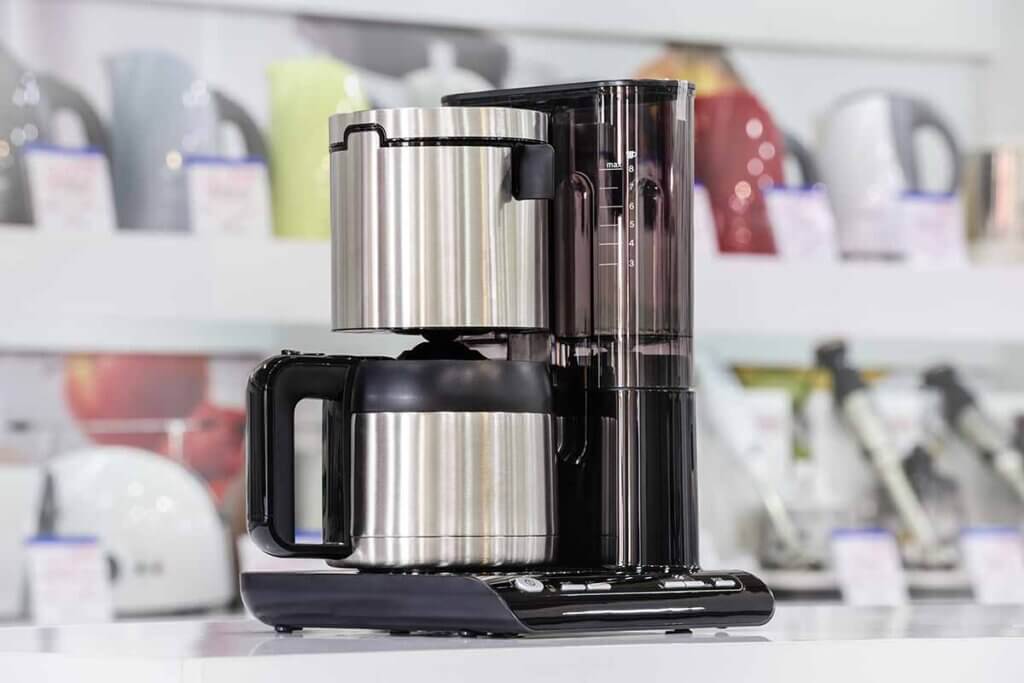
Material and workmanship
The housing of the coffee maker is made of stainless steel and plastic in varying proportions. The more stainless steel there is, the more robust and high-quality the appliance is. The grinder, on the other hand, is made of either stainless steel or ceramic. Ceramic grinders are not only more resistant than stainless steel models, but also usually achieve a better grinding result. However, ceramic grinders are more expensive.
Make sure that the bean compartment can be closed airtight and that neither the filter holder nor the water tank lid rattle or wobble. It is also important that the drip stop works properly and that the buttons are not only stable but also have a pleasant pressure point.
When it comes to the jug, you can choose between a glass jug and an insulated jug. It is important that the coffee pot keeps the coffee warm for a long time. An insulated jug usually does a better job. If you drink the contents of a coffee pot over a longer period of time, you are better off with an insulated pot. It is also practical in households where people get up at different times. Then even late risers can enjoy their morning coffee. A glass jug does not keep the coffee warm as long as a vacuum jug, but they are cheaper. Good workmanship is essential for both types: they should be absolutely leak-proof and easy to use.
Functions
Although coffee makers with grinders are kept simple in contrast to fully automatic coffee makers, they still have some practical functions. These include the timer and keep-warm functions. With the timer, you can set when the coffee machine should start brewing. If you programme the machine accordingly the night before, you will wake up the next morning to a cup of freshly brewed coffee. The keep-warm function ensures that the coffee remains enjoyable for a longer period of time.
Some machines allow you to set how much water should drip into the pot. However, most coffee makers use all the water in the tank. A memory function allows you to save settings for the grind or coffee strength. A special extra is provided by machines with two bean containers. They allow users to create special blends, for example by adding two different types of coffee beans.
Coffee consumption
Another distinguishing feature is the amount of ground coffee used to prepare a pot. Depending on the coffee machine and the settings, it can be as much as 100 grams of coffee for ten cups.
More coffee powder is needed for a strong cup of coffee than for a mild coffee. The more cups and the stronger the coffee, the higher the consumption. The Philips HD7766 uses 78 grams of coffee beans for ten cups of mild coffee and 98 grams for strong coffee. The Beem coffee machine uses 70 and 78 grams of beans respectively.
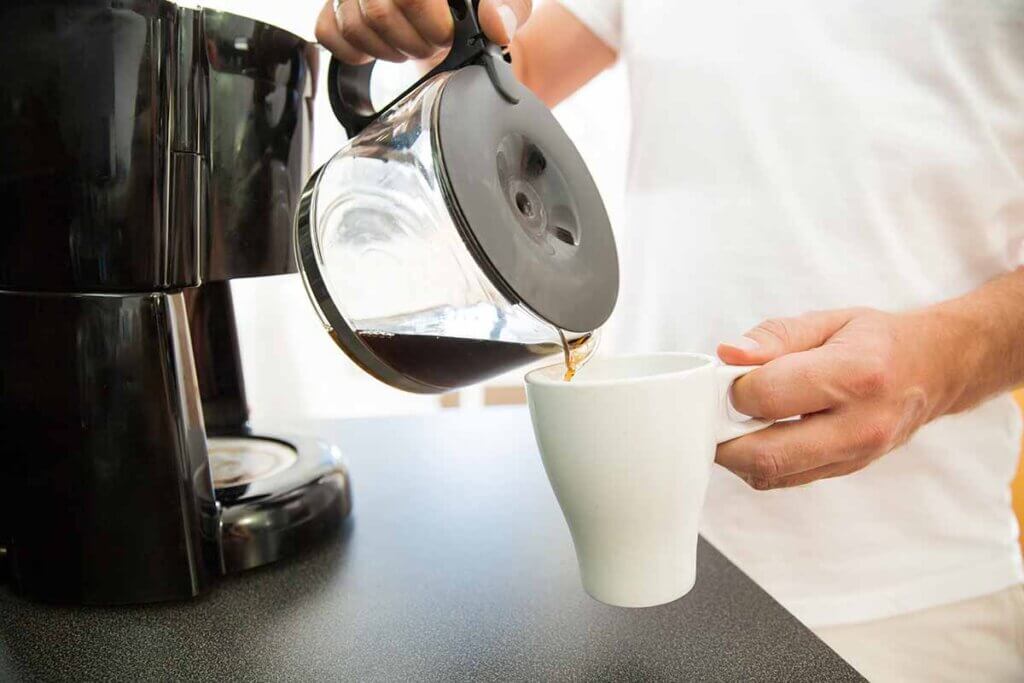
Cleaning
A coffee machine with a grinder is more difficult to clean than a conventional filter coffee machine. It is therefore advisable to choose a machine that makes the process as simple as possible. This includes, for example, the possibility of cleaning the filter insert and the glass jug in the dishwasher. If neither the bean compartment nor the water tank can be removed, it is at least advantageous if users can clean them with a cleaning tablet or if their hand fits through the openings for wiping.
The grinder requires a thorough cleaning every few weeks. As this is somewhat more complicated, a detailed description should be found in the operating instructions: the more detailed, the better. Ideally, a cleaning brush is included in the delivery, which can be used to remove hard-to-reach coffee residue from both the grinder and the coffee shaft. Complete removal of the remaining coffee grounds prevents mould. High-priced models sometimes have a cleaning programme. Since users also need to descale the coffee machine, a descaling indicator is an advantage. This tells them when it is time to descale. A descaling programme facilitates the process.

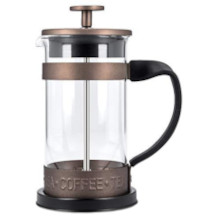
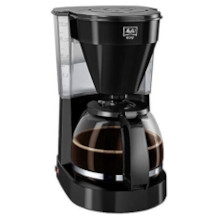

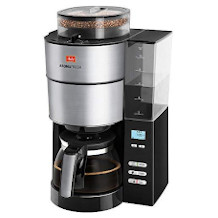
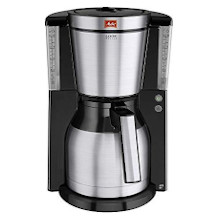
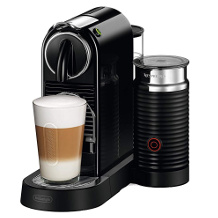
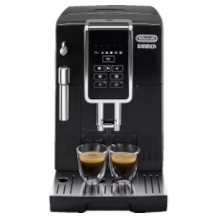
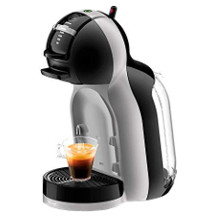

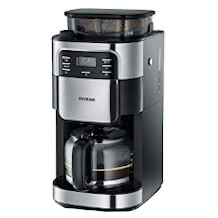

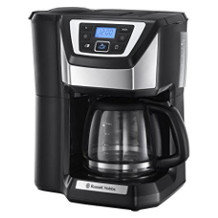

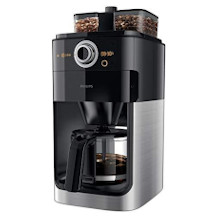
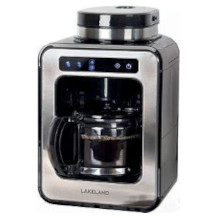
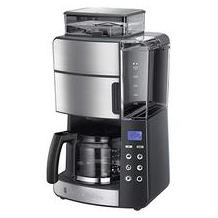
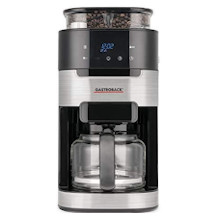

 6,339 reviews
6,339 reviews
